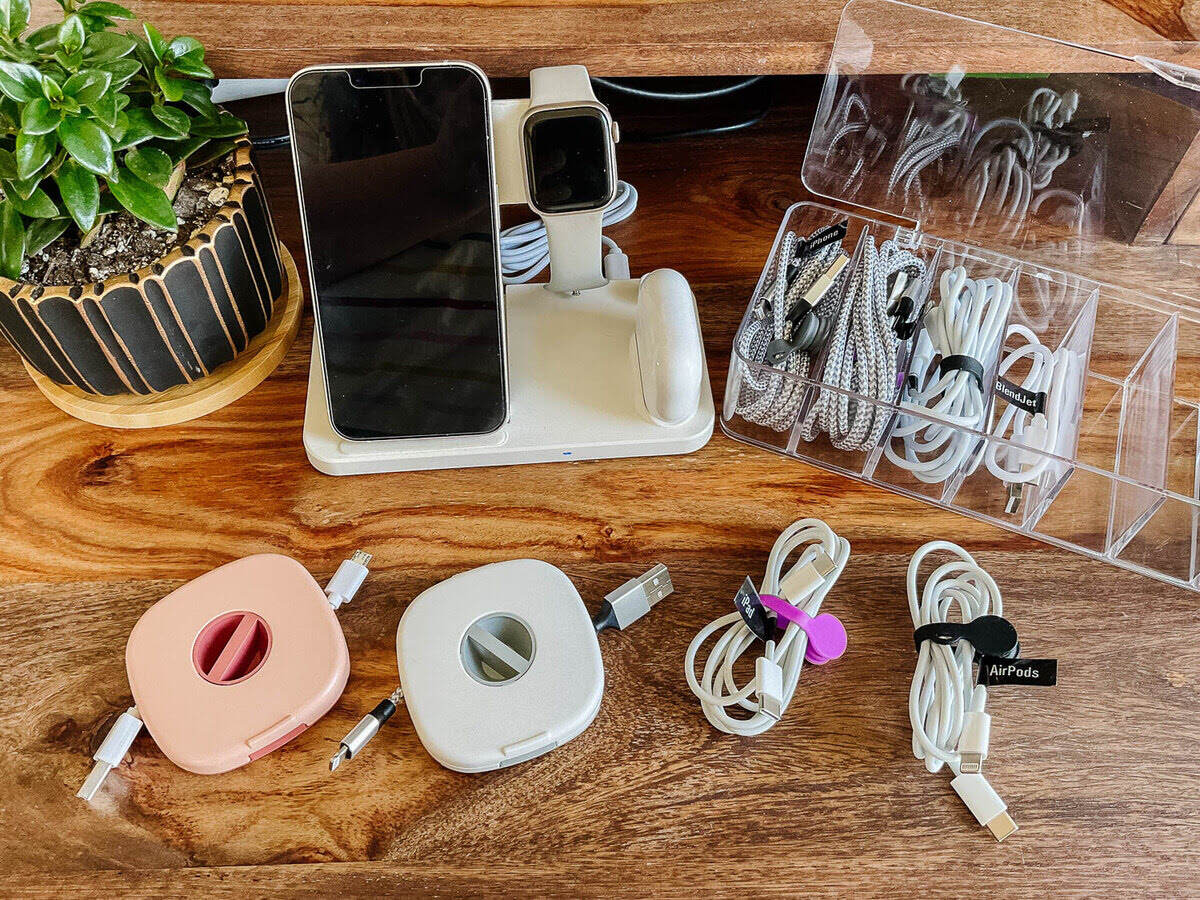

Articles
How To Store Cables
Modified: January 19, 2024
Learn how to properly store and organize your cables with these helpful articles. Find tips and tricks for preventing tangles and maintaining cable longevity.
(Many of the links in this article redirect to a specific reviewed product. Your purchase of these products through affiliate links helps to generate commission for Storables.com, at no extra cost. Learn more)
Introduction
Cables are an essential component in our daily lives, connecting devices and enabling communication and power transfer. Whether you work in the IT industry, audiovisual field, or simply have a collection of cables at home, proper cable storage is crucial. A well-organized cable storage system not only saves time and frustration but also extends the lifespan and functionality of your cables.
Imagine the frustration of untangling a bundle of cables or searching for the right cable in a mess of tangled wires. Not only does this waste precious time, but it can also lead to damaged cables or even accidental injury. By implementing efficient cable storage practices, you can easily access your cables when needed, protect them from damage, and maintain a clutter-free workspace.
In this article, we will explore the importance of proper cable storage and provide practical steps to help you organize and store your cables effectively. So, let’s dive in and discover the secrets of efficient cable storage!
Key Takeaways:
- Efficient cable storage saves time, prevents damage, and promotes an organized workspace. Proper organization, labeling, and use of cable management tools are key to achieving an efficient cable storage system.
- Consider different storage solutions for various environments to ensure the longevity and performance of your cables. Protect cables from dust, moisture, extreme temperatures, and static electricity based on specific environmental requirements.
Read more: How To Extend Electrical Wire In Wall
Importance of Proper Cable Storage
Proper cable storage is essential for several reasons. Firstly, it helps to extend the lifespan of your cables. Cables that are tangled or improperly stored are prone to damage, such as fraying or kinks, which can affect their performance and durability. By implementing proper storage techniques, you can minimize the risk of cable damage and ensure they last longer.
Secondly, efficient cable storage saves time and frustration. Have you ever spent valuable minutes (or even hours) untangling a mess of cables? It can be incredibly frustrating and can disrupt your workflow. By organizing your cables in a systematic manner, you can easily locate the cable you need without the hassle of untangling knots.
In addition, proper cable storage promotes safety. Tangled cables pose a tripping hazard and can lead to accidents, especially in busy work areas or public spaces. By keeping your cables neatly organized and secured, you create a safer environment and reduce the risk of accidents.
Cable storage is also crucial for maintaining a clutter-free workspace. Wires and cables strewn across your desk or floor not only create an unsightly mess but can also impede your productivity. A clean and organized workspace promotes better focus and efficiency, allowing you to work more effectively.
Proper cable storage is particularly important for those in the IT or audiovisual industries. Businesses that deal with a large volume of cables, such as data centers or production studios, rely on efficient cable management to ensure smooth operations. Mismanaged cables can lead to connectivity issues, equipment downtime, and increased troubleshooting time.
Overall, proper cable storage is a small investment of time and effort that yields significant benefits. It helps to prolong cable lifespan, saves time and frustration, promotes safety, and maintains an organized workspace. Now that we understand the importance of cable storage, let’s explore the practical steps you can take to organize and store your cables efficiently.
Steps for Efficient Cable Storage
Now that we recognize the importance of proper cable storage, let’s delve into practical steps to organize and store your cables efficiently:
- Sort and Organize Cables: Start by sorting your cables based on type and length. This will make it easier to locate the specific cable you need. Consider using cable ties or Velcro straps to bundle cables together.
- Label and Identify Cables: Use labels or tags to identify each cable. This will save you time when searching for a particular cable and ensure that you don’t accidentally unplug the wrong one. Labeling can be as simple as using a marker or investing in specialized cable labels.
- Utilize Cable Management Tools: Cable management tools such as cable trays, wire baskets, and cable sleeves can help keep your cables organized and prevent tangling. These tools provide a structured solution for routing and securing cables, keeping them neat and easy to access.
- Proper Cable Coiling Techniques: When coiling cables, avoid creating tight loops as this can cause damage. Instead, use loose figure-eight or over-under coiling techniques. These methods prevent tangling and reduce strain on the cables.
- Store Cables in Containers or Racks: Invest in storage containers, cable organizers, or cable racks to keep your cables in order. Choose containers with dividers or compartments to separate different types of cables, and ensure that they are stored in a dry and dust-free environment to maintain their integrity.
- Consider Different Storage Solutions for Various Environments: Depending on your needs, you may need different storage solutions for different environments. Weatherproof cases or cable reels may be necessary for outdoor settings, while static-free containers could be necessary for sensitive electronic equipment.
By following these steps, you can establish an efficient cable storage system that saves time, minimizes damage, and boosts productivity. Remember, consistency is key. Make cable storage a part of your routine, and you’ll enjoy the benefits of an organized workspace.
Sorting and Organizing Cables
Sorting and organizing your cables is the first step towards efficient cable storage. Without proper organization, cables can quickly become tangled and hard to manage. Here are some tips for sorting and organizing your cables:
- Categorize by Type: Start by categorizing your cables based on their type. For example, separate HDMI cables from USB cables, power cords from network cables, and so on. This way, you can easily locate the specific cable you need without sifting through a jumble of wires.
- Sort by Length: Next, sort your cables by their length. Keep shorter cables separate from longer ones to avoid unnecessary tangles. Consider using cable ties, Velcro straps, or even simple rubber bands to bundle cables of similar lengths together.
- Color-code: If you have a large collection of cables, consider using color-coded labels or markers to identify different cables. Assigning different colors to specific cable types or purposes can make it even easier to find the cable you need at a glance. For example, you can use blue for Ethernet cables and red for power cords.
- Separate Active from Unused Cables: Differentiate between active cables currently in use and those that are not. Active cables, such as ones connected to devices or peripherals, should be readily accessible. Unused cables can be stored separately to reduce clutter and minimize confusion.
- Use Cable Management Solutions: Invest in cable management solutions such as cable trays, wire baskets, or cable sleeves. These tools help keep your cables organized and prevent them from tangling. Cable management solutions also make it easier to route cables and access them when needed.
- Labeling: Labeling is crucial for quickly identifying cables. Use adhesive labels, tags, or even simple masking tape to label each cable. Include important information such as the cable type, length, and what it connects to. This labeling system will save you time when searching for specific cables and avoids accidentally unplugging the wrong ones.
- Regular Maintenance: Regularly review and organize your cables to maintain an efficient system. As new cables are added or old ones are replaced, ensure they are properly sorted and labeled accordingly. This ongoing maintenance will prevent cable clutter from building up over time.
By implementing these sorting and organizing techniques, you will create a more manageable and efficient cable storage system. Proper organization not only saves time but also reduces the risk of cable damage and enhances overall productivity in your workspace.
Labeling and Identification
Labeling and identification play a crucial role in efficient cable storage. They help you quickly identify and locate specific cables, saving you time and preventing frustration. Here are some tips for effective cable labeling and identification:
- Use Clear and Legible Labels: When labeling your cables, ensure that the labels are clear and easy to read. Use waterproof and durable labels or tags that won’t fade or peel over time.
- Include Essential Information: Each label should include important information such as the type of cable, its length, and its purpose. For example, you can label an Ethernet cable as “Cat6, 6ft, Router to PC.” This information helps you quickly identify the cable and its intended use.
- Color-coding: Consider using color-coded labels or tags to further differentiate cables. Assign specific colors for different cable types or purposes, making it easier to identify and match cables at a glance. For example, all HDMI cables can have a red label, while power cords can have a blue label.
- Label Both Ends: Label both ends of the cable to ensure easy identification regardless of how the cable is connected. This is especially useful for cables that may be plugged into hard-to-reach areas or larger cable bundles.
- Secure Labels Properly: Make sure your labels are securely attached to the cables, preventing them from falling off or getting damaged. You can use adhesive labels, heat shrink labels, or even zip ties with label tags for added security.
- Organize Labels Sequentially: If you have multiple cables of the same type or purpose, consider organizing the labels sequentially. This makes it easier to identify and differentiate cables that may have similar lengths or appearances.
- Create a Cable Mapping or Inventory: For more complex setups or larger collections of cables, consider creating a cable mapping or inventory. This can be a spreadsheet or a dedicated software tool that lists and details each cable, including location, connections, and purpose. This inventory can be invaluable when troubleshooting or making changes to your cable setup.
- Regularly Update and Maintain Labels: As your cable collection evolves, it’s important to regularly update and maintain your labels. Remove labels from cables that are no longer in use, update labels for cables that have been replaced or repurposed, and ensure that new cables are properly labeled from the start.
By incorporating effective labeling and identification practices into your cable storage system, you can easily locate and identify specific cables, leading to more efficient cable management and a streamlined workflow.
Use cable organizers such as Velcro ties, cable clips, or cable sleeves to keep cables neat and tangle-free. Label each cable for easy identification. Store them in a designated container or drawer to prevent clutter.
Read more: How To Run Electrical Wire Under Concrete
Using Cable Management Tools
Cable management tools are essential for keeping your cables organized, preventing tangles, and maintaining a neat and efficient workspace. Here are some commonly used cable management tools and how you can utilize them:
- Cable Trays: Cable trays are metal or plastic trays that securely hold and route cables. They can be mounted under desks or along walls, providing a designated path for cables to follow. Cable trays help prevent cables from tangling or being accidentally pulled, making it easier to access and manage your cables.
- Wire Baskets: Wire baskets are similar to cable trays but feature an open design, allowing for easier access to cables. They are versatile and can be mounted under desks, on walls, or even on the back of monitors. Wire baskets keep cables organized and provide flexibility for adding or removing cables as needed.
- Cable Sleeves: Cable sleeves are fabric or neoprene sleeves that bundle multiple cables together. Using cable sleeves helps prevent tangling, provides a streamlined appearance, and protects cables from damage. Cable sleeves come in various sizes and lengths, making it easy to accommodate different cable configurations.
- Cable Clips and Holders: Cable clips and holders are adhesive or screw-based attachments that secure cables to surfaces such as walls, desks, or the underside of workstations. They keep cables in place, prevent them from slipping or falling, and minimize the risk of tangles. Cable clips and holders are especially useful for managing shorter cables or those with connectors that are frequently unplugged.
- Raceways: Raceways are plastic or metal channels that hide and protect cables along walls or baseboards. They provide an organized pathway for cables, concealing them from view and protecting them from accidental damage. Raceways are available in different sizes and styles, allowing you to choose the best option for your specific needs.
- Cable Ties and Velcro Straps: Cable ties and Velcro straps are handy tools for bundling cables together. They keep cables neat and prevent them from tangling or getting in the way. Cable ties are ideal for long-term organization, while Velcro straps can be easily adjusted and reused as needed.
When utilizing cable management tools, consider the specific needs of your workspace and the type of cables you are handling. Experiment with different tools to find the most effective solution for your setup. Remember to plan for future expansion and changes, leaving room for additional cables and adjusting your cable management tools accordingly.
By using these cable management tools, you can eliminate cable clutter, streamline your workspace, and create a more efficient and organized environment.
Proper Cable Coiling Techniques
Coiling cables properly is an important skill that helps prevent tangles, kinks, and damage to the cables. Here are some proper cable coiling techniques to ensure the longevity and functionality of your cables:
- Loose Figure-Eight Coiling: One effective technique is the loose figure-eight coiling method. Start by holding one end of the cable in one hand, and then make a loose loop roughly the size of your palm with the rest of the cable. Now, cross the cable over the loop to create a figure-eight shape. Continue alternating the direction of the loops until you reach the end of the cable. This method helps prevent twists and tangles in the cable.
- Over-Under Coiling: Another popular technique is the over-under coiling method. Start by holding one end of the cable in one hand and then make an initial loop. As you continue coiling the cable, alternate the direction of each loop—over, and then under. By alternating the direction, you prevent the cable from twisting and tangling, making it easier to unravel when needed.
- Avoid Tight Coils: When coiling cables, it’s important to avoid creating tight coils. Tight coils can put unnecessary strain on the cable, potentially leading to kinks or damage that may affect its performance and lifespan. Always aim for loose and relaxed coils to preserve the integrity of the cable.
- Avoid Coiling with Sharp Bends: When coiling, make sure to avoid creating sharp bends or kinks in the cable. Sharp bends can lead to weak spots in the cable and may cause it to break or malfunction over time. Make gentle curves that maintain the natural shape of the cable.
- Secure the Coiled Cable: Once the cable is properly coiled, secure it to prevent it from unwinding and becoming tangled. Use nylon cable ties, Velcro straps, or even simple rubber bands to hold the coil together. Avoid using tape directly on the cable, as it can leave residue or damage the cable’s outer insulation.
- Store Coiled Cables Properly: After coiling, store the cables in a proper storage container, cable organizer, or cable rack. Use dividers or compartments to prevent different cables from tangling with each other. Ensure that the storage environment is dry, dust-free, and at an appropriate temperature to maintain the quality of the cables.
By practicing these proper cable coiling techniques, you can minimize tangles, knots, and potential damage to your cables. Taking the time to coil your cables correctly not only ensures their longevity but also saves you time and frustration when it’s time to use them again.
Storing Cables in Containers or Racks
Proper storage of cables is crucial for maintaining their integrity and preventing damage. Storing cables in containers or racks not only helps organize your cables but also protects them from tangles, knots, and potential hazards. Here are some tips for storing cables in containers or racks:
- Choose the Right Storage Container or Rack: Select a storage container or rack that suits the size and quantity of your cables. Ensure that the container or rack is spacious enough to accommodate the length and thickness of the cables without putting undue stress on them. Look for containers or racks with dividers or compartments to keep different types of cables separate.
- Keep Cables Neatly Coiled: Before storing your cables, make sure they are properly coiled using the techniques mentioned earlier. Neatly coiling the cables reduces the chances of tangles and makes it easier to retrieve specific cables without having to unravel a mess.
- Label the Storage Containers: To easily identify the contents of each storage container, label them accordingly. You can use adhesive labels, tags, or even color-coded stickers. Labeling saves time and eliminates any guesswork when searching for a specific cable.
- Protect Cables from Dust and Moisture: Choose storage containers or racks that offer protection against dust and moisture. Dust can accumulate on cables over time, affecting their performance, while moisture can cause corrosion or damage. Opt for containers with lids or covers and ensure they are stored in a dry environment.
- Consider Cable Lengths: Take into account the lengths of your cables when deciding how to store them. If you have cables of varying lengths, consider coiling them separately or using cable ties or Velcro straps to secure them neatly. This will make it easier to retrieve specific cable lengths without disturbing the others.
- Avoid Overloading Containers or Racks: Be mindful of the weight and capacity of the storage containers or racks. Overloading them with too many cables can lead to unnecessary strain and potential damage. Distribute the cables evenly and avoid overcrowding to maintain the integrity of both the cables and the storage solution.
- Regularly Check and Maintain Stored Cables: Periodically inspect the stored cables to ensure they remain in good condition. Check for any signs of damage, such as fraying or exposed wires, and address any issues promptly. Keeping a maintenance schedule helps to catch any potential problems early, ensuring the longevity of your cables.
By storing your cables in containers or racks following these guidelines, you can maintain an organized and well-protected cable storage system. This not only helps preserve the quality of your cables but also saves time and effort when it comes to retrieving and using them.
Storing Cables for Different Environments
When it comes to storing cables, different environments require different considerations. Factors such as temperature, humidity, and exposure to elements can impact the condition and performance of your cables. Here are some tips for storing cables in different environments:
- Indoor Environments: In indoor environments, it is important to protect your cables from dust and moisture. Store them in dry, clean areas away from potential water leaks or excessive humidity. Consider using sealed storage containers or racks to keep the cables safe from environmental factors and prevent dust accumulation.
- Outdoor Environments: When storing cables in outdoor settings, it’s crucial to choose storage solutions that are weatherproof and provide protection against UV rays. Look for containers or cabinets made from durable materials such as polypropylene or metal that can withstand exposure to rain, sunlight, and extreme temperatures. Additionally, ensure cables are properly coiled and secured to prevent damage from wind or other external factors.
- High Humidity Environments: In high humidity environments, such as humid climates or areas near water sources, it is important to take extra precautions to prevent moisture damage. Consider using airtight, waterproof storage containers or bags with desiccant packs inside to absorb excess moisture. Regularly inspect the cables for any signs of corrosion or mold, and address any issues promptly.
- Extreme Temperature Environments: Extreme temperature fluctuations can impact the performance and longevity of your cables. In environments with high temperatures, such as server rooms or industrial settings, ensure that cables are stored away from direct heat sources and well-ventilated areas. In extremely cold environments, such as freezer rooms or outdoor storage during winter, protect cables from freezing temperatures by wrapping them in insulation or using heated storage solutions.
- Sensitive Electronics Environments: For storage areas that house sensitive electronic equipment, such as data centers or audiovisual production rooms, it’s crucial to use storage solutions that minimize the risk of static electricity. Choose storage containers, racks, or anti-static bags specifically designed to dissipate static charges. Implement proper grounding measures to prevent static discharge when handling and storing cables.
- Mobile or Traveling Environments: If you frequently transport cables or need to store them while on the move, consider using cable cases or bags designed for travel. These cases often have compartments or dividers to keep cables organized and protected. Look for features such as reinforced edges or padding to provide additional cushioning and prevent damage during transit.
Remember that each environment may have specific requirements and challenges. Assess the conditions and demands of your storage environment to select the most appropriate storage solutions for your cables. By properly storing and protecting your cables, you can ensure their reliability, longevity, and optimal performance in any setting.
Read more: How To Cut Electrical Wire When Live
Conclusion
Proper cable storage is essential for maintaining the functionality, lifespan, and organization of your cables. By implementing efficient cable storage practices, you can save time, prevent damage, and create a streamlined and productive workspace.
We explored the importance of proper cable storage and identified the steps to achieve efficient cable organization. Sorting and organizing cables, labeling and identification, utilizing cable management tools, practicing proper cable coiling techniques, and storing cables in containers or racks are all key aspects of effective cable storage.
Sorting and organizing cables based on type and length, labeling cables for easy identification, and using cable management tools such as trays, baskets, and sleeves help keep cables structured and prevent tangles. Proper cable coiling techniques, such as loose figure-eight or over-under coiling, minimize the risk of cable damage and make it easier to unravel cables when needed. Storing cables in suitable containers or racks protects them from environmental factors, such as dust, moisture, or extreme temperatures.
Additionally, we discussed the importance of considering different storage approaches for diverse environments, such as indoor or outdoor settings, high humidity or extreme temperature conditions, and areas with sensitive electronic equipment. Each environment requires specific storage requirements to ensure the longevity and performance of your cables.
In conclusion, by following the steps and tips outlined in this article, you can establish an efficient cable storage system that saves time, extends the lifespan of your cables, prevents damage, and promotes a clutter-free and organized workspace. Invest the effort into properly storing your cables, and you’ll reap the benefits of easy accessibility, increased productivity, and enhanced cable performance for years to come.
Frequently Asked Questions about How To Store Cables
Was this page helpful?
At Storables.com, we guarantee accurate and reliable information. Our content, validated by Expert Board Contributors, is crafted following stringent Editorial Policies. We're committed to providing you with well-researched, expert-backed insights for all your informational needs.
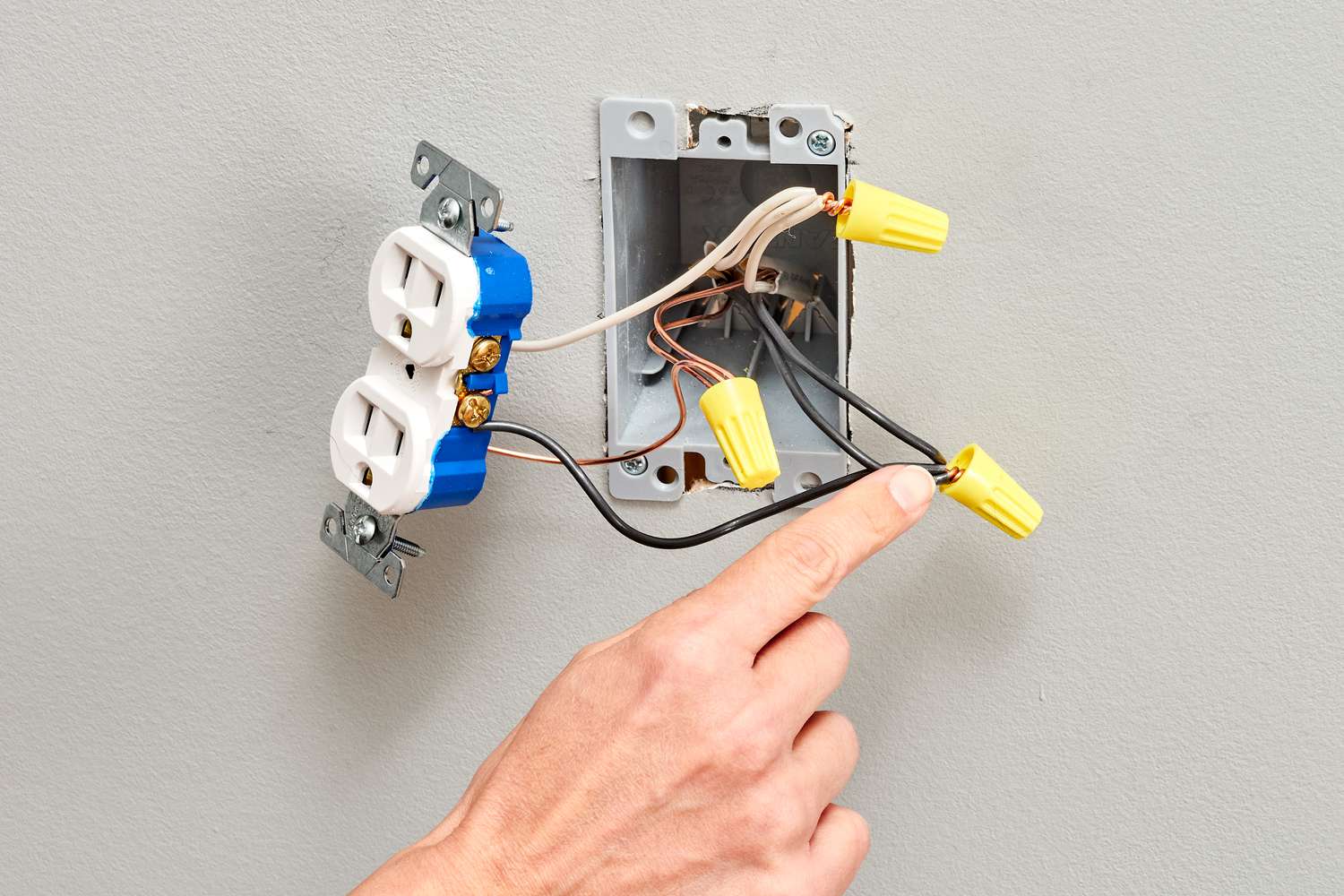
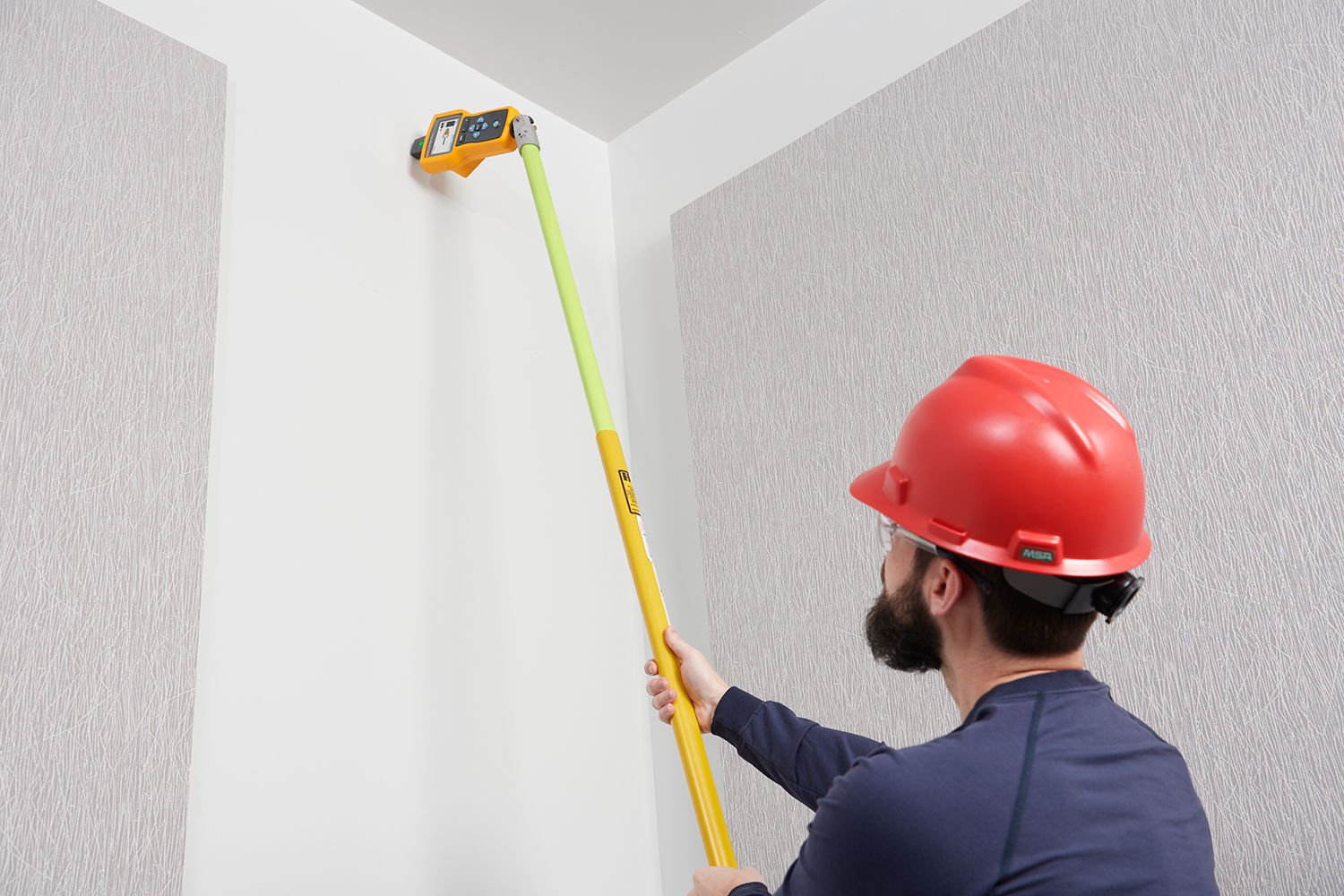
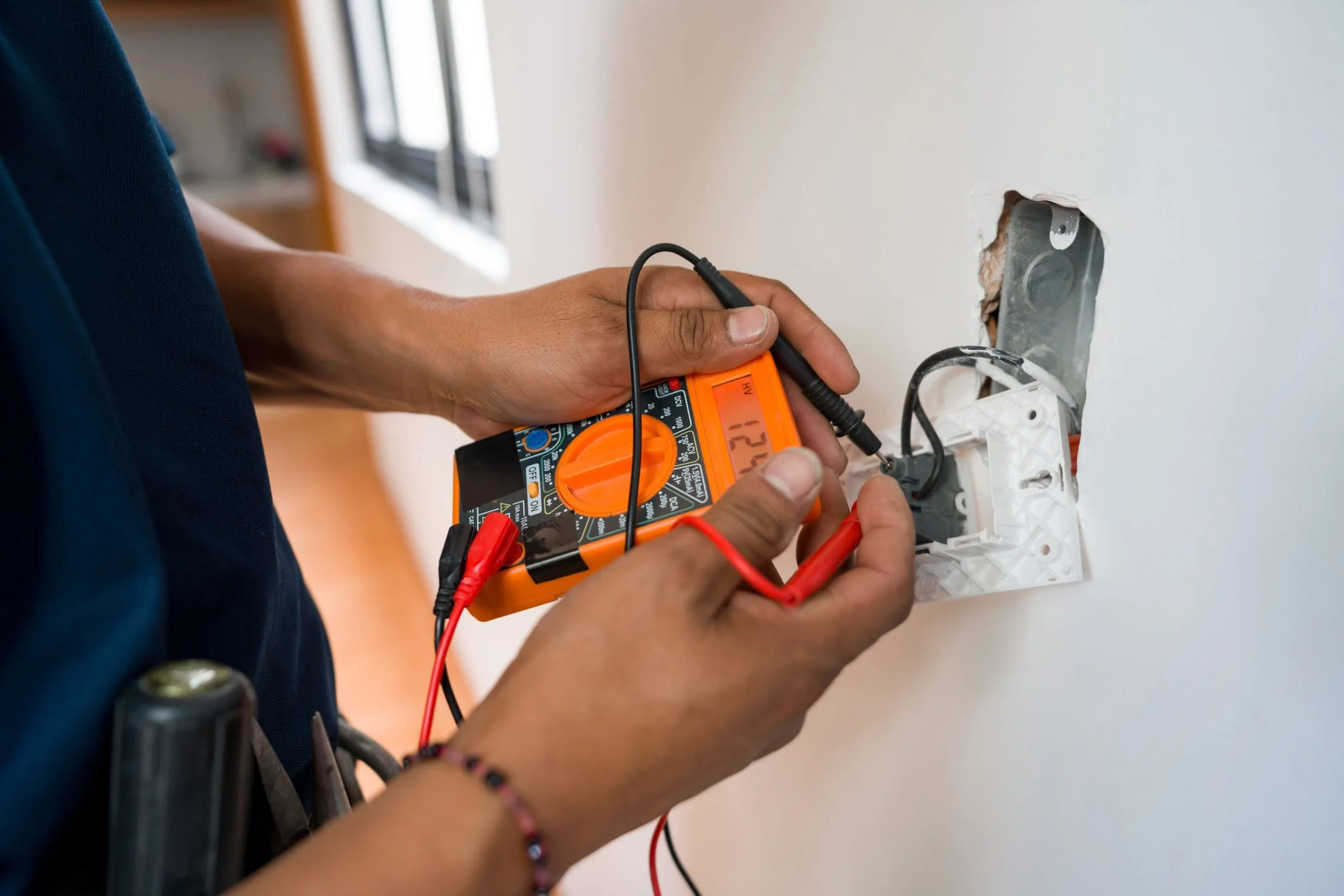
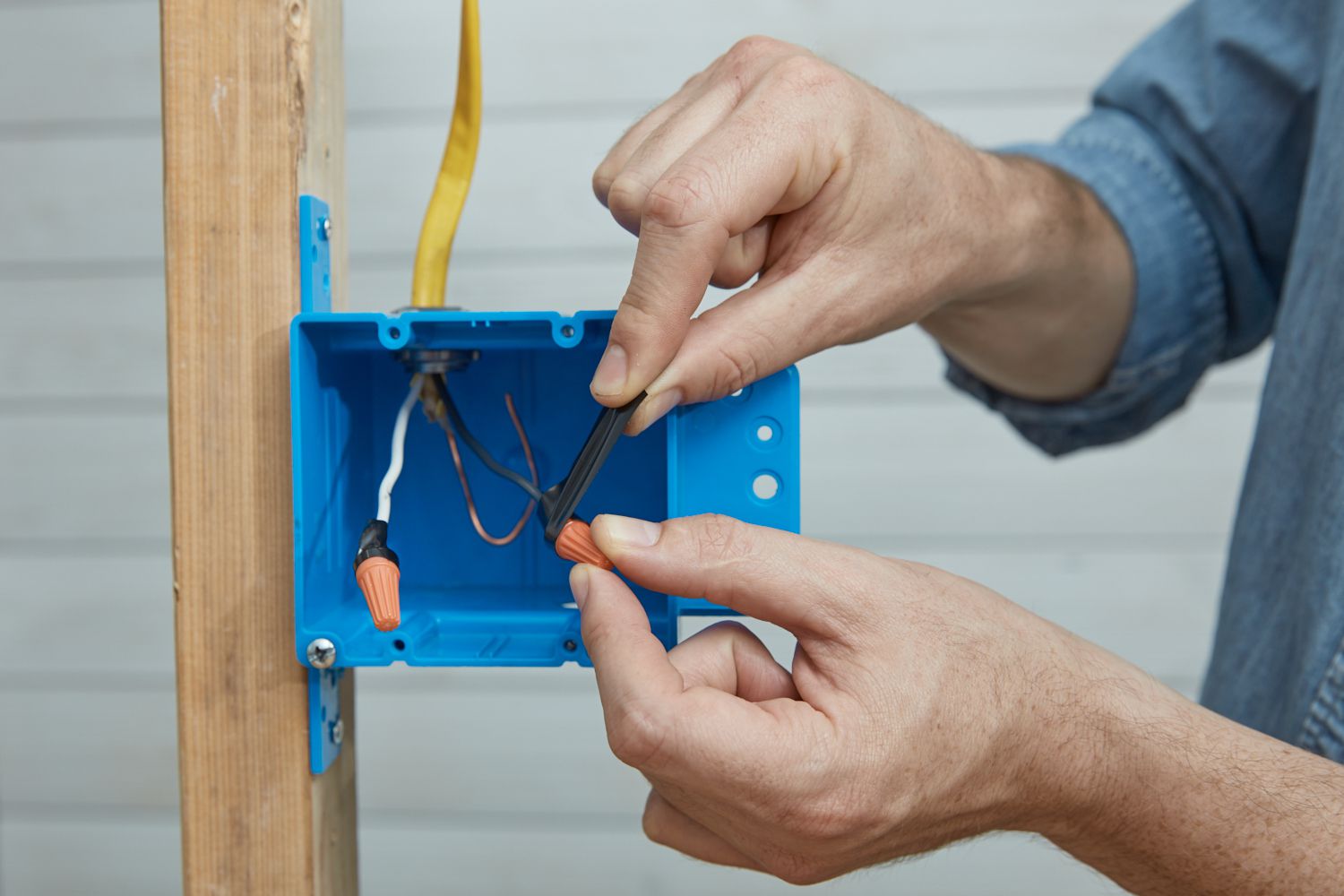
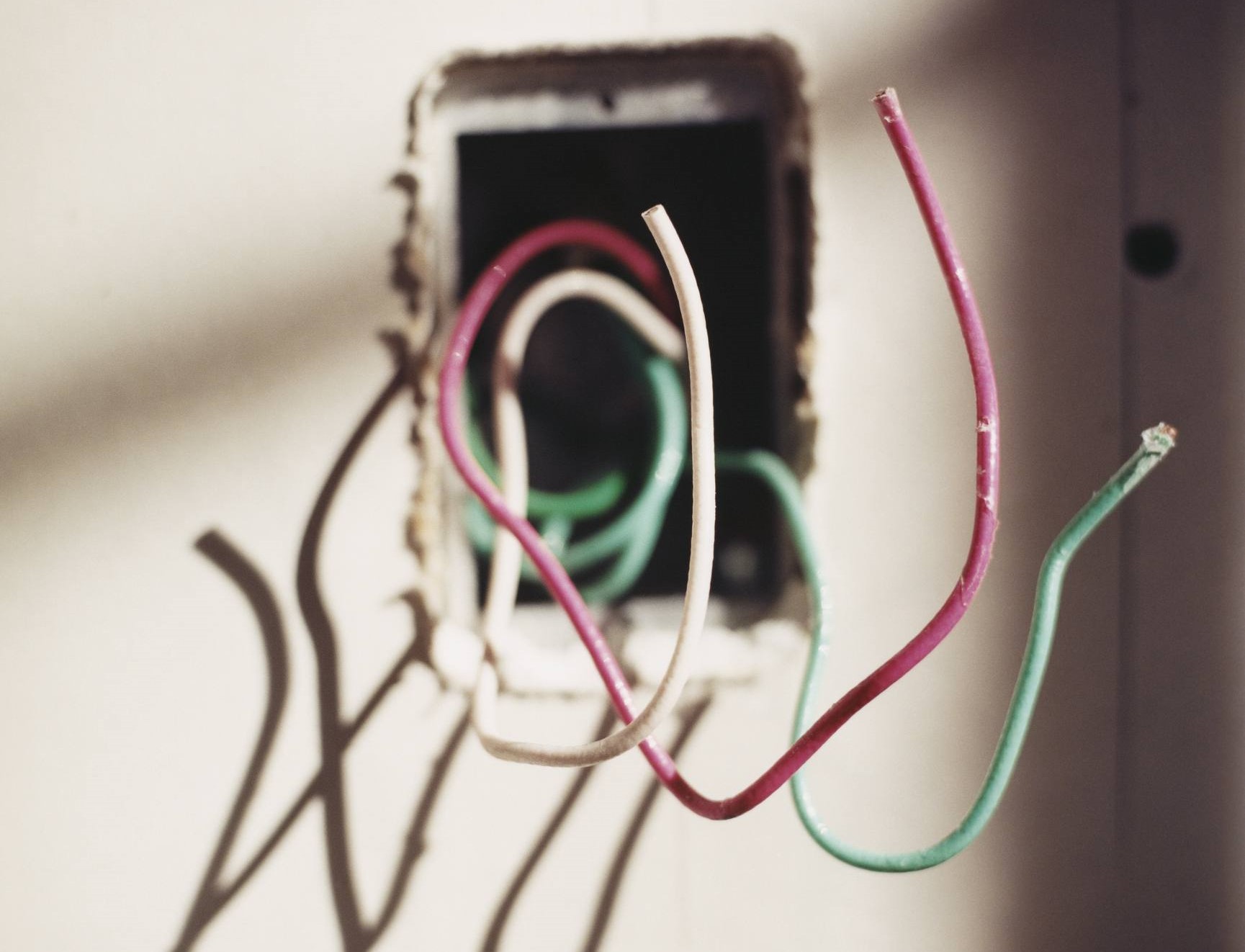
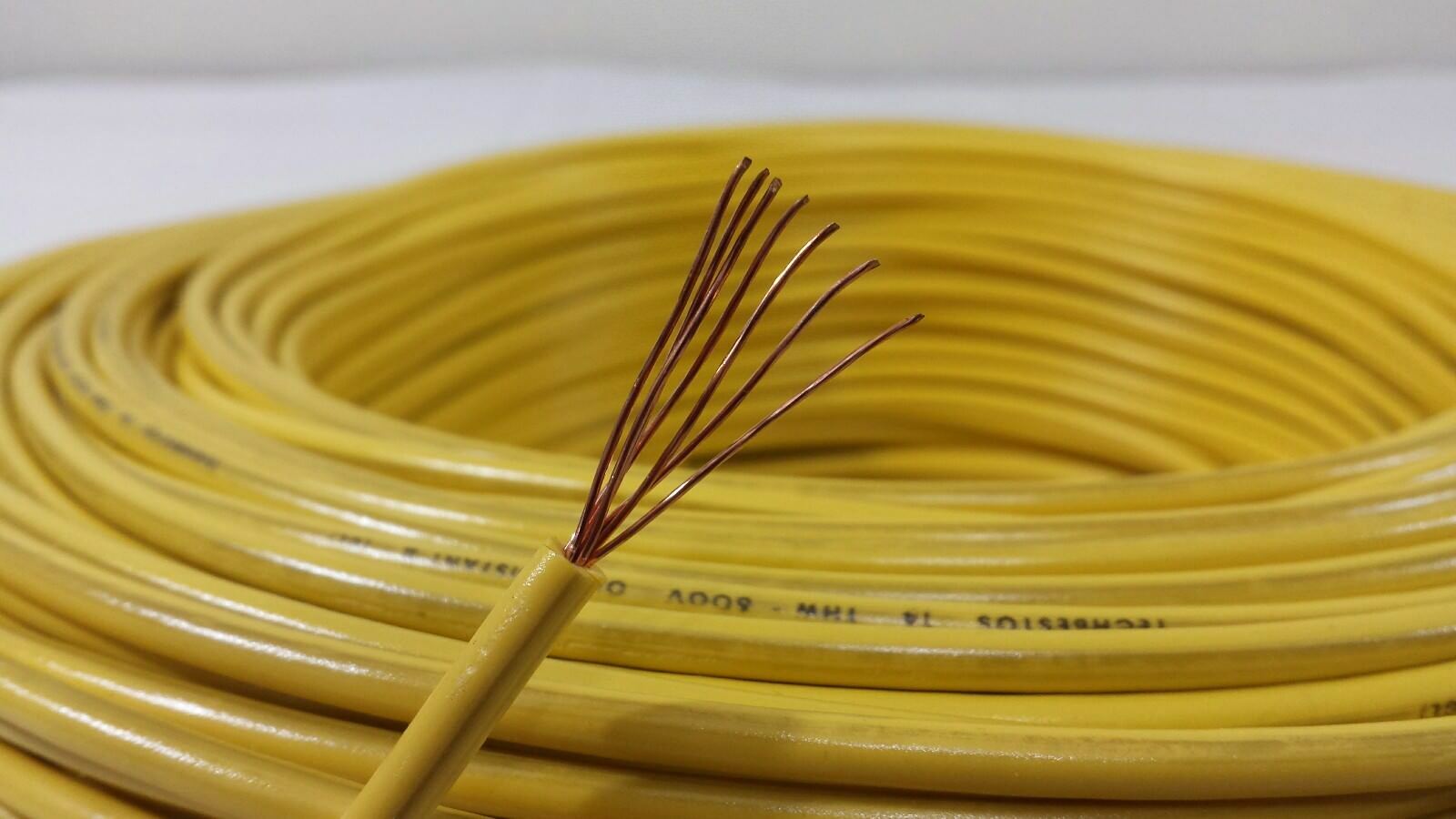
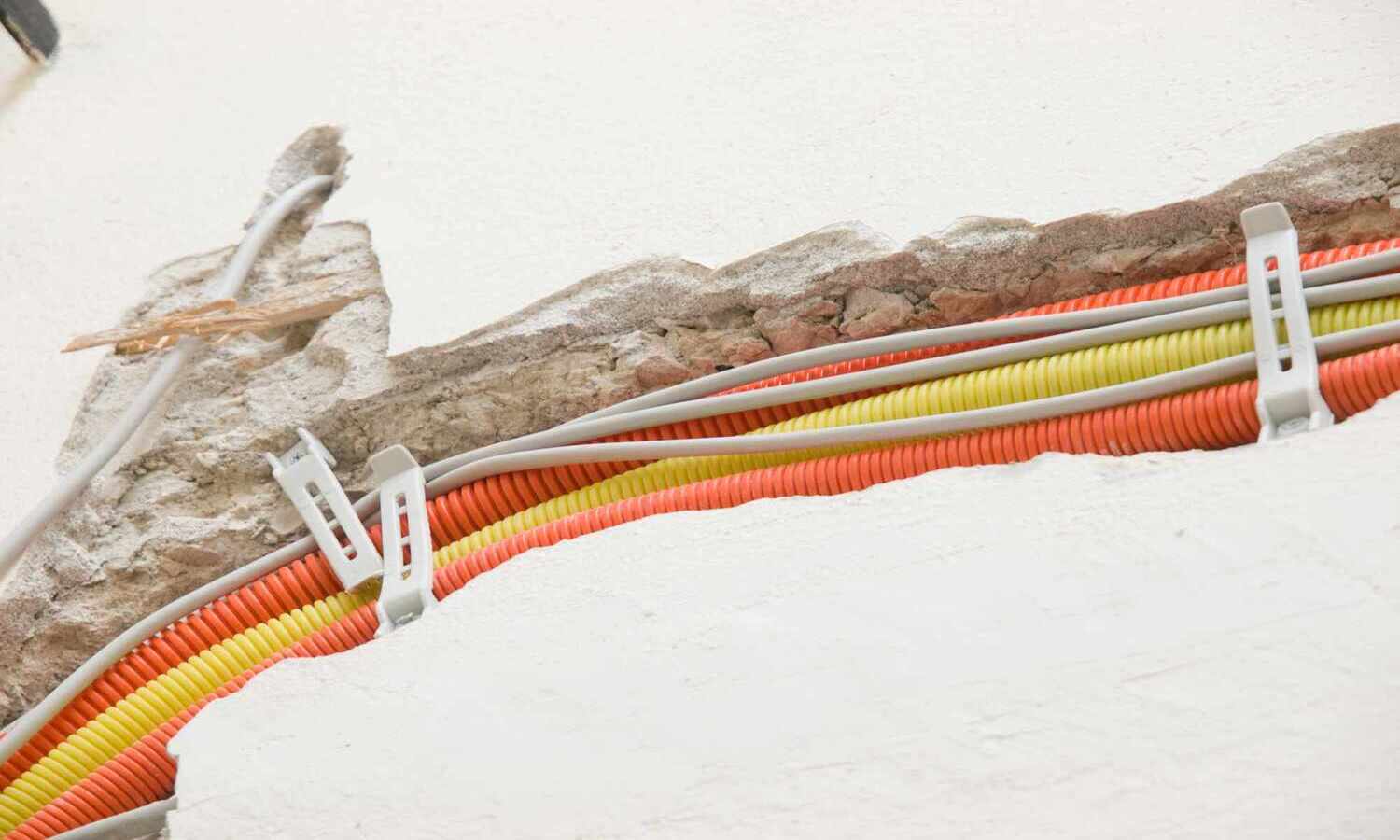
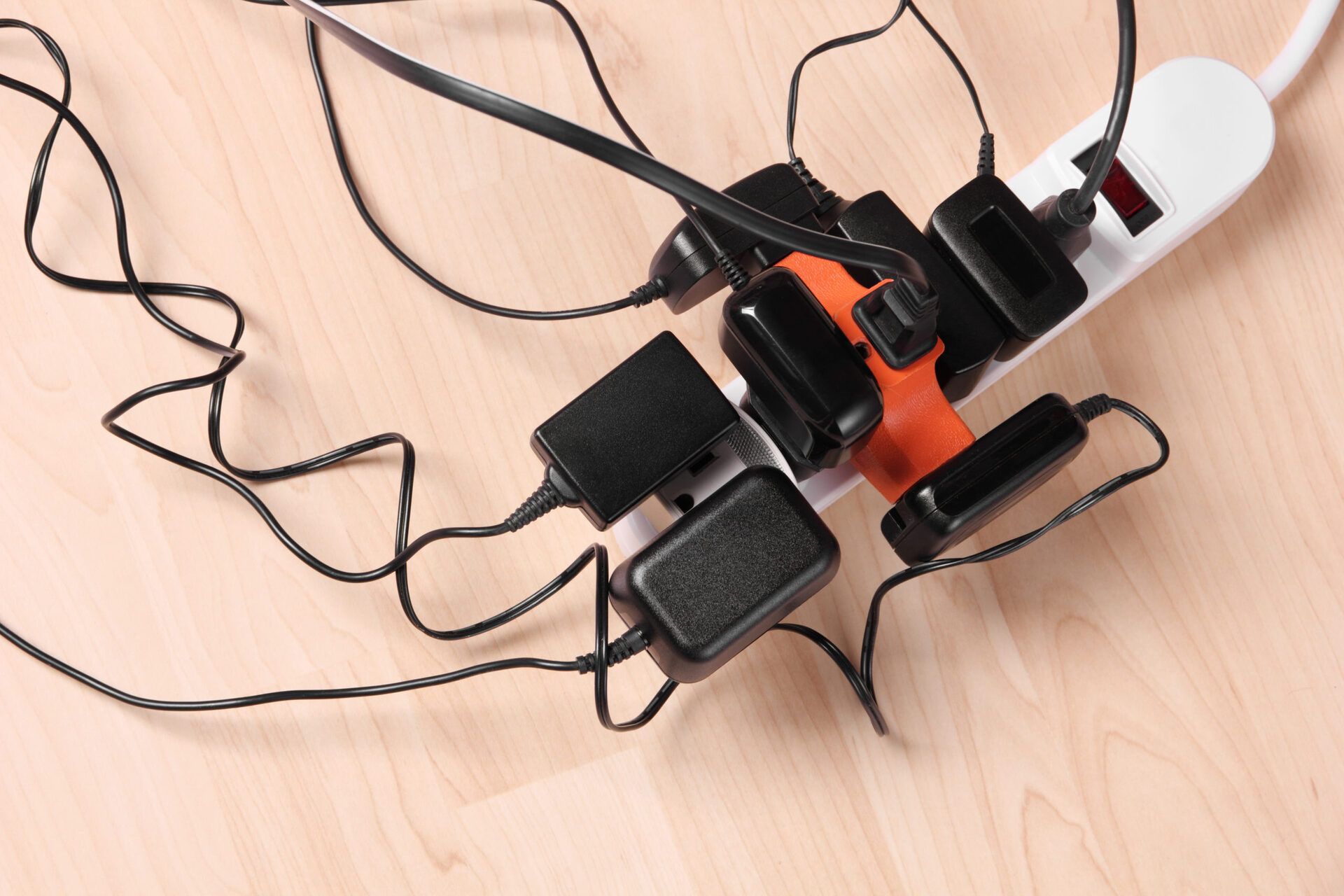
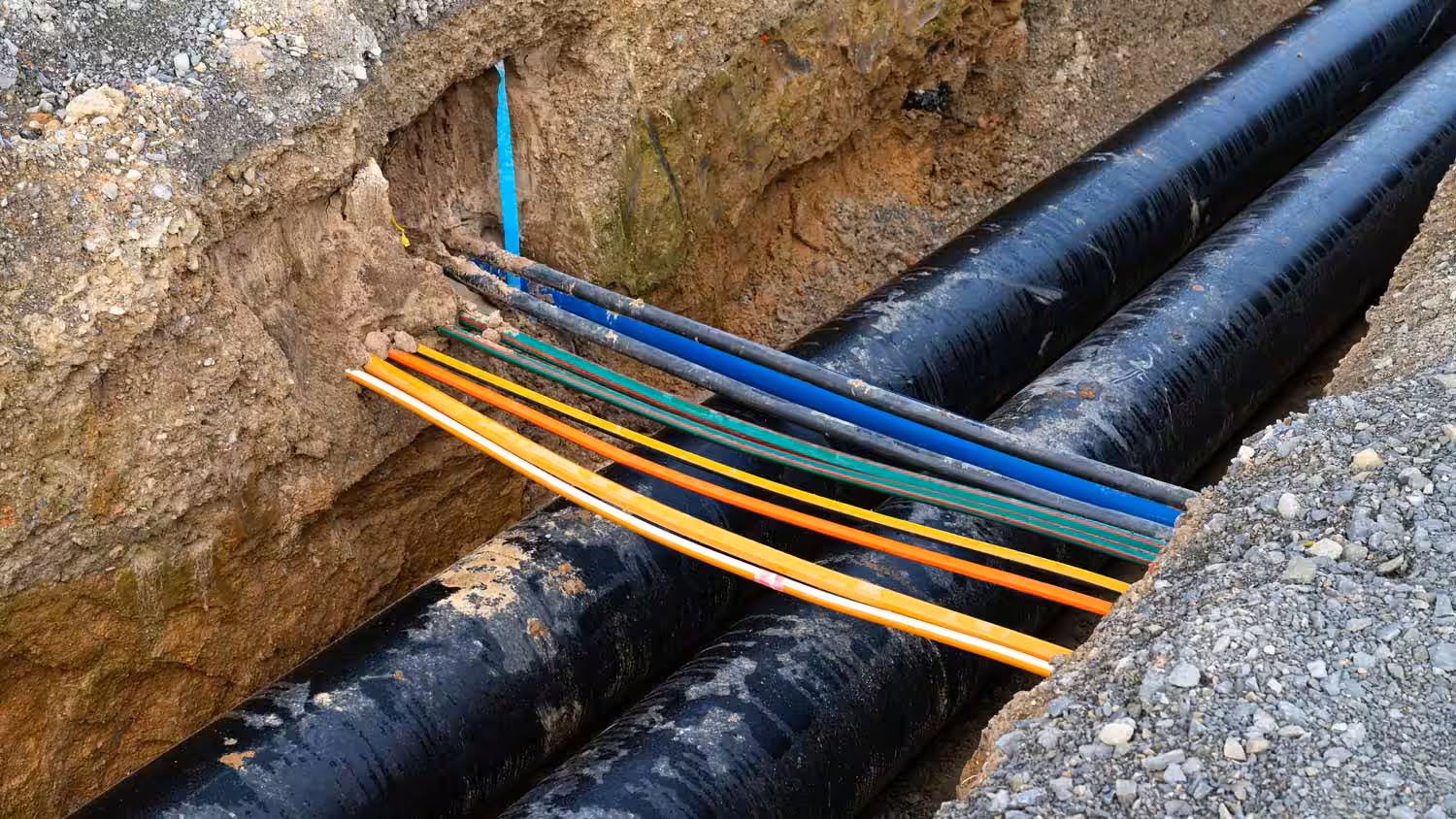
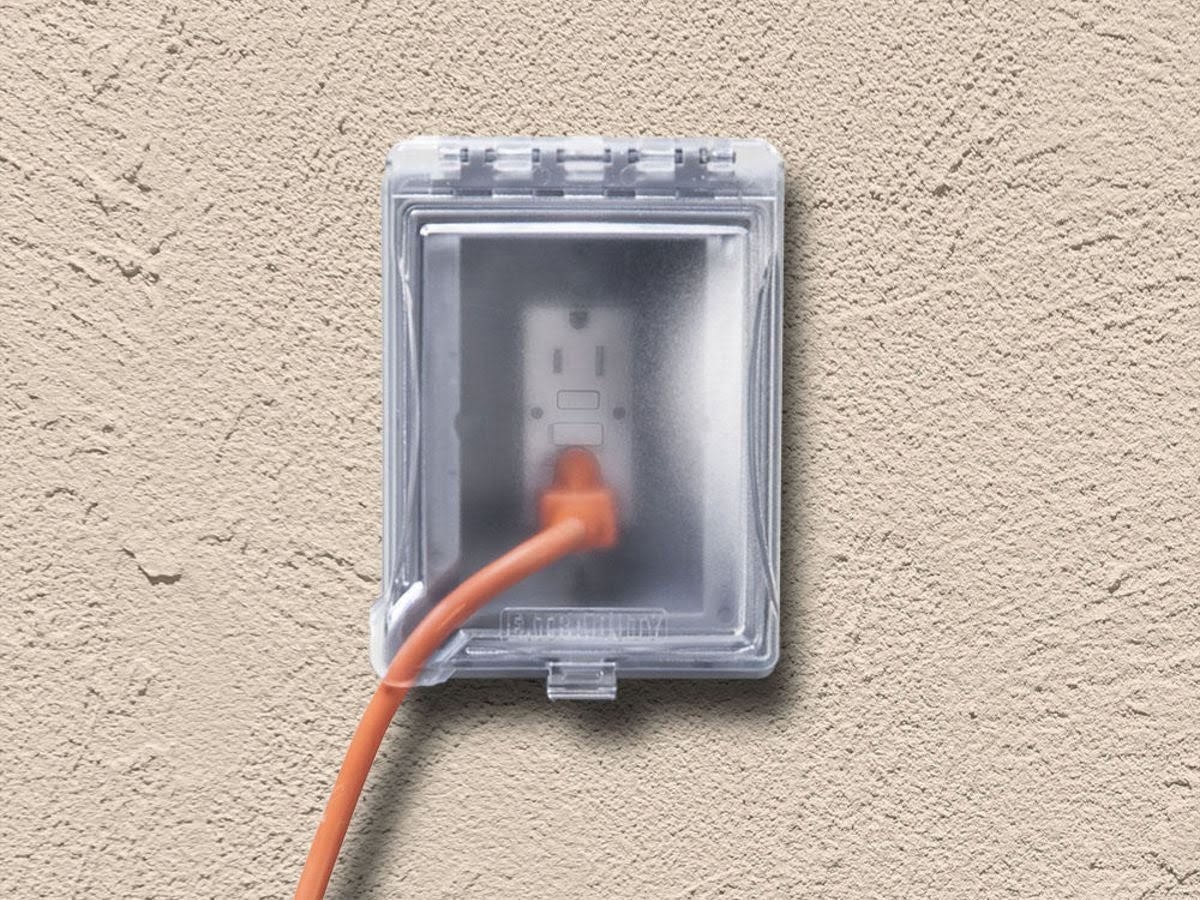
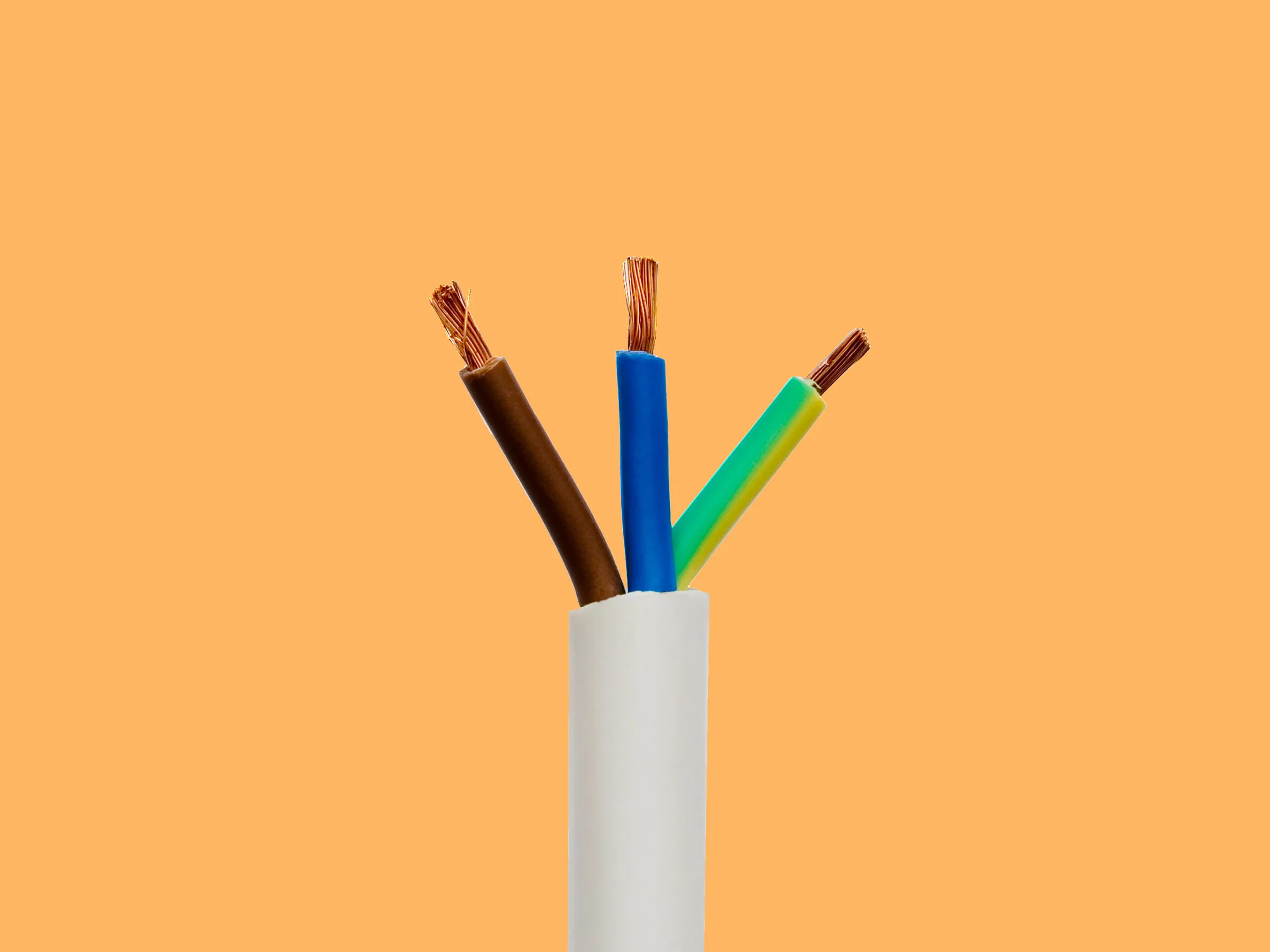
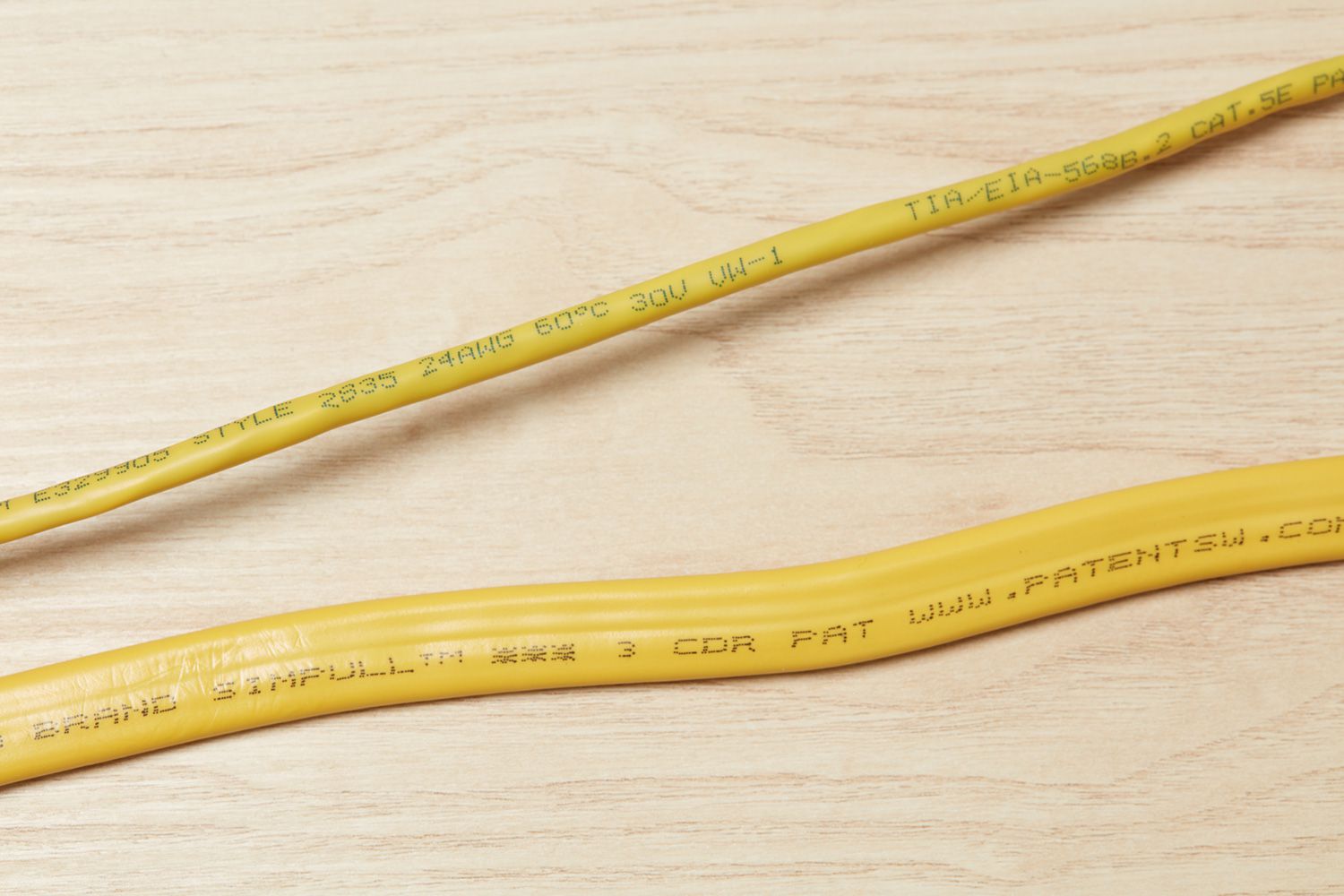
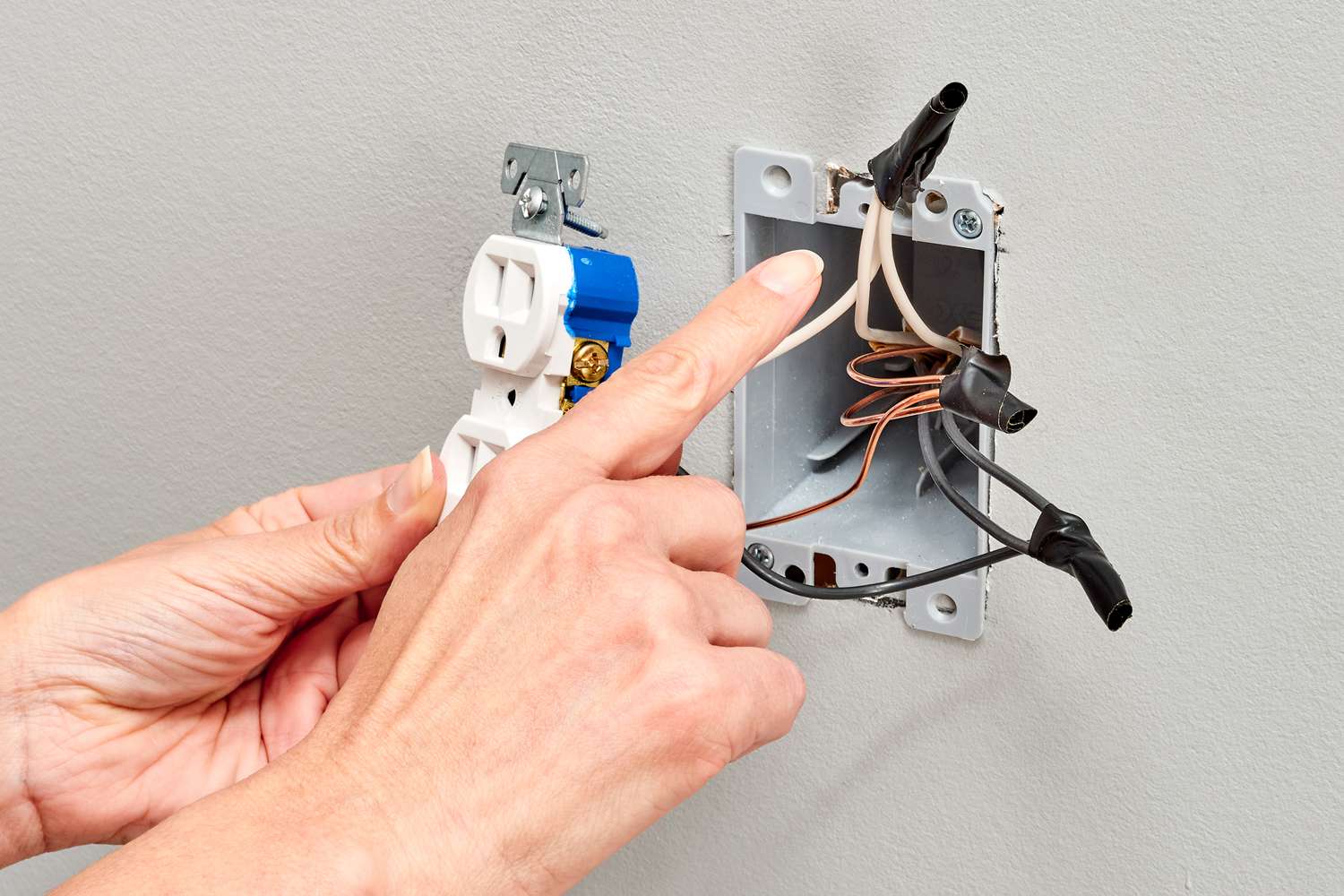

0 thoughts on “How To Store Cables”